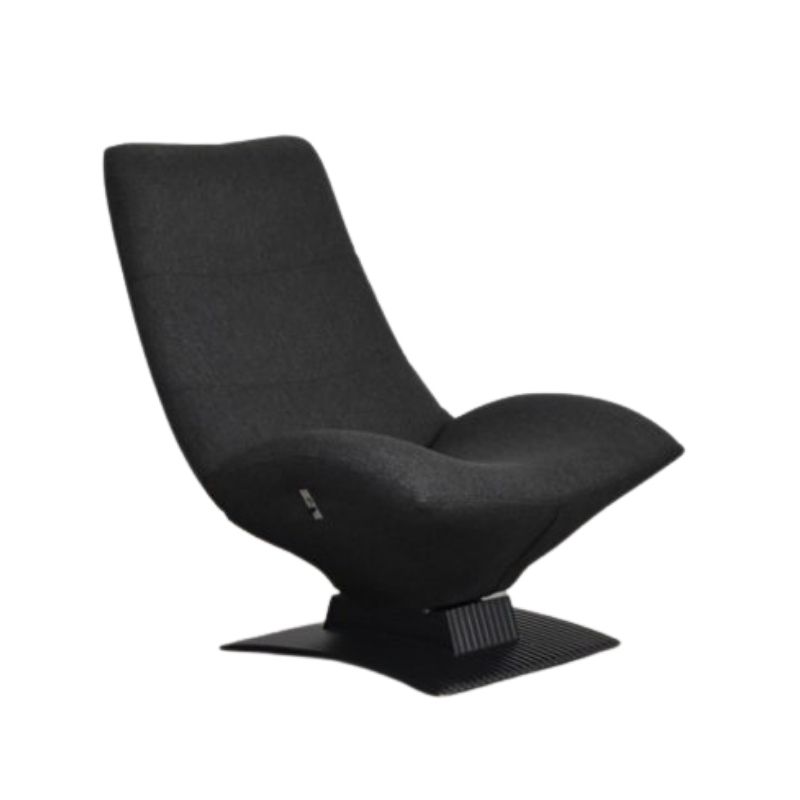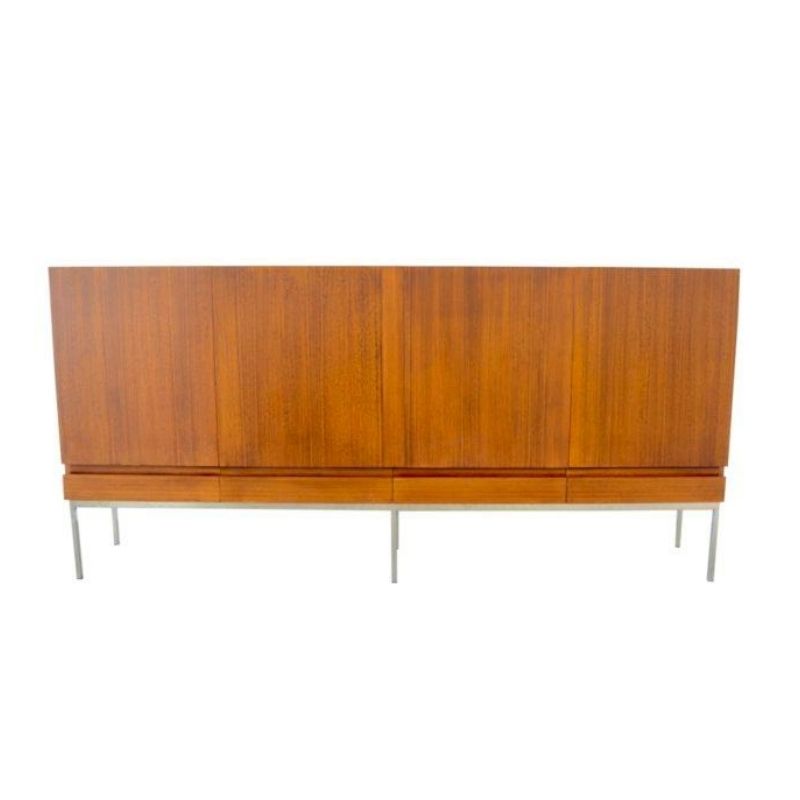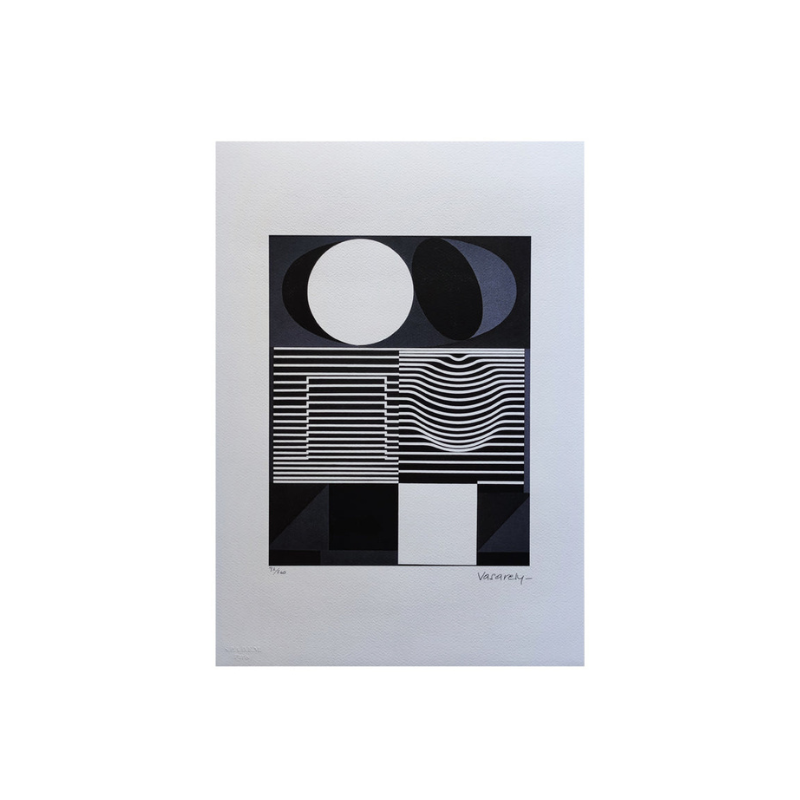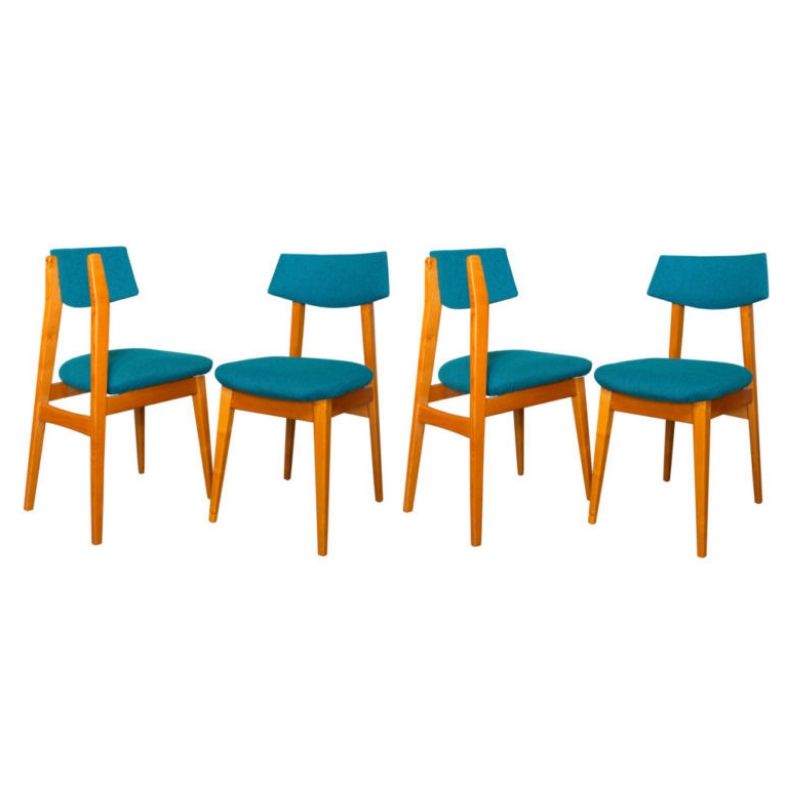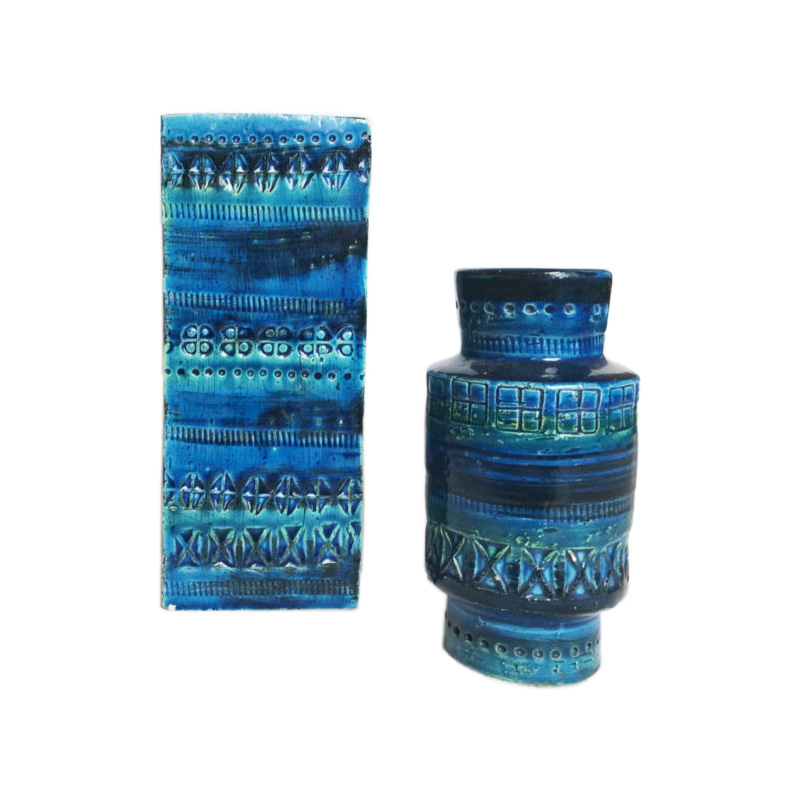Jeez!
I had to pour a glass of wine before I waded into this one!
Azurechicken, you have a valid question, because, oftentimes people who are "design addicts" do seem a little intimidating to others who are not so informed in that arena.
JeffB, awright already, we already know you guys are the hippest of the hip. Do you need to rub our noses in it?
Seriously, traditionalists can be hoity-toity in their own way. I don't think "modernists" have cornered the market on snootiness. We can go on and on ad infinitum about the intricacy of the toenail carving on a ball-and-claw foot, or the thread count in a Persian rug (and if calling good old Iran "Persia" in this day and age isn't pretentious, I don't know what is!), or the beauty of irregular dovetails or the inlay of bone in Scottish chest knobs or the rarity of yadda, yadda, yadda. It can be quite boring, actually.
The modernist design arena is fresh and new and fun. Traditionalists are scared to death because:
A. They don't know what the heck they are talking about once they get past Queen Victoria and her Eastlake legacy, (which is all pretty gross, by the way).
B. The materials are very foreign to traditionalists, i.e. lucite! chrome! plywood! naugahyde! aaaack!
C. Traditionalists see these pieces coming down the pike in the very near future as the "new things to own" and the vast majority of them don't have a clue about this stuff, how to acquire it or how to sell it. So, they come upon websites like this where they see a bunch of cool people who really know their stuff who probably live in really Manolo Blahnik places like LA or NY or London and of course they are intimidated. Wouldn't you be if you had to spot the difference between a Louis Quinze and a Louis Quatorze fauteuil in front of a "traditionalist?"
Azurechicken
I agree with your assessment. In fact, I think I may have been guilty of the same. At the same time, I was never that way because I feel like I was "hip." A lot of modernists, especially in your honeymoon years of modernism, feel like everything else is just a style and modernism is more of a way of life. If you are as obsessive and ridiculous as I, you might even think that it makes you see everything with a clearer vision, that it makes you enjoy nature like never before, and understand human nature more easily.
I think this attitude is somehow related to the change in the architect's role in the 20th century. The 20th century was the first to recognize someone as an architect largely based on his thought processes and as a thinker rather than his buildings and as a doer. Many architects spent more time writing manifestos about their design belief systems than actually designing and building structures. They spent more time arguing with one another and forming groups that were almost like religions. Like most religions, they believed they were right absolutely with no question. It was not a matter of style. It was a matter of ethics and pride and being true to the system of design principles that they have subscribed to. It became very much a way of life, more than a style of structure.
Modern design puts a lot of pride in rightness. Rightness of scale, of color, of space. As far as I know, and it may certainly be because of my ignorance, but I don't know of any other design "style" so dedicated to the end user. Most other styles, especially the fanciful designs of long past, seem more dedicated to itself and it's own beauty.
For a movement so often accused of being cold and inhuman, Modernism is quite the opposite. Those who have fallen in love with it know this, and have also fallen in love with the ethics involved.
Rikki - hypothetically speaking, if you were selling a chair in the manner of Louis XVI, would it come with a set of principles to live by or would it simply be a beautiful chair? Beauty is easily had in one form or another on this planet. People are generally hungry for something to believe in.
I've never felt like a design...
I've never felt like a design snob, and I try to avoid the urge of self-importance when it comes to other's ideas or preferences on things. Unless, of course, you have one of those leather sofas that look like a few stuffed lungs slung over a wood frame...
I felt compelled by modern furniture design at a very young age -- late teens I guess. I saw some stuff in period movies and magazines and, not knowing anything about it, thought to myself -- this is what people who know about the good stuff have. Sensitive people with deep thoughts have this in their homes. Silly, maybe. Maybe not.
I think the real impetus was this kind of aggressive blandness that was the order of the day during my upbringing -- not just within my household, but all of the households of my friends. A sort of striving for the perfectly sane and innocuous surrounding. Don't look at me; my lawn is green, Enya is playing, and my potpourri is cooking nicely, thank you.
I took to modern furniture following a deep fascination with Art Deco -- another streamlined style that always looked clean and masculine to me, and the angles of which just dazzled my young malaised eyes. The Modern designers seemed like a logical follow up. Less adorned, and clean -- stylish, but less overt. The absence of designy flourishes means that it surrenders to you, and the surrounding space.
Nobody comes into my place and walks directly over to the ____ and fawns or coos about how modern I am or how hip the such and such is. And that to me is perfect, and what I really like about Modern. It just serves a purpose, extremely well, it is aesthetic, but isn't a big statement.
That's my take anyway.
Role of architect
Whitespike, my son is an architect in Atlanta and I think you may be giving him too much credit as a "thinker". He still draws highrises for a living and then argues with contractors about money. He does like to think he is "right absolutely with no question" entirely too much of the time, however!
Your analogy with the Louis chair was spot on. Of course, there are no principles ingrained in the chair and if there were, they would be principles of overindulgence, gluttony, lavish spending and all at the expense of the common Frenchman. Not something one wants to be reminded of every time one climbs into a pretty gold chair!
I'm a little mystified by...
I'm a little mystified by this discourse...is beauty really tertiary when it comes to modern design? Not in my mind.
As for rightness -- as a rule, most people I know find Modern furniture to be uncomfortable. I think you do suffer a bit for the compositional beauty of many modern designs.
Can they go together?
Personally, I love "traditonal" designs. Own a couple rugs from Kashgar and Persia. And on that front, I chose them purely on the materials they were made off, and the intricay of their design.
Totally agree with Whitespike that modern design / furniture is so much more about "ethics and pride and being true to the system of design principles".
When buying a "modern classic" I often find myself being drawn to the designer and his thought process, more than the design itself (it also helps if there is a juicy bit of controversy behind the piece)!
The challenge is ... can one have a genuine appreciation (not necessarily expertise) for both traditonal and modern, and blend them together without looking totally confused 😀
finch
I have to admit that I don't have the largest vocabulary. So I was stumped by the word "tertiary." I still don't get it! Is it used for something else these days? I'm always willing to learn!
Tertiary
1. a member of a monastic third order especially of lay people
2. capitalized : the Tertiary period or system of rocks
If you are asking if I think modern design is beautiful, or is meant to be beautiful, than yes of course I do. I think beauty is important, but each man's definition of beauty is radically different.
What makes our definitions different would seem to be just be a matter of taste, but in modernists it seems to be a matter of principles as well. I cannot make a list of things a traditionalist might consider before declaring something beautiful (feel free to chime in here, Riki), I can assess the modernist to some degree.
Modernists tend to find beauty in places not only confined to aesthetics. Of course the aesthetic has to follow certain modernist tendencies; How is the scale? Is it expressing its materials honestly? Was there an effort to use new materials or old materials in a new way? Is it well made?
Beauty is not just found in the form itself. There are several other factors beyond looks. Is it helping to move the design world along? Is it trendy or is it honest, good design? Who is the designer, and what are his design principles? How does the rest of the designer's creations look and function? Is he/she consistent in their ideas?
Modernists often find joy in the balance of function and beauty. It must have both to function correctly in my mind. As Charles Eames said "Who ever said that pleasure wasn't functional?" Beauty brings pleasure. I think that's a fair assessment anyone can agree to.
We find beauty in the lack of useless ornamentation, in the ability for materials to express themselves, in the simplicity of construction, in the simplicity of form, in usefulness, in correctness ... we simply have another idea of beauty. Anything that has the power to change a man or woman's thought processes or ideas has the power to become his religion. As we all know, people adamant about their religion can be overly confident in their faith ... and often they come across as acting "superior."
azure
"It seems many trads...are really trying to conjure up a period...perhaps with too little thought to the OBJECT qualities"
Very good point. Perhaps this has something to do with Riki's initial desire to decorate in only period designs. Riki - again, I believe you will be happier in the long run to choose "good" over "retro." Many designs are both.
Whitespike -- a very well...
Whitespike -- a very well written response, covering many fine points.
When I refer to the beauty or aesthetic value of a piece, this encompasses much more than the surface layer of something. It's a granular appreciation, from form to function to materials, build quality -- right down to whether the design itself transcends the designer, if he was a jerk or unsavory in some way. Beauty is subjective, yes, but to a large degree, it is also measurable. I think it boils down to how broad an individual's frame of reference is. It is complex, this matter of aesthetics, but not so abstract. That's a chewy subject for another time, however...
All said, I am still not hip to the belief system (religion) you refer to, or the elevated consciousness that is apparently welded to the appreciation of modern design principles. Then again, maybe I am and just don't realize it. For me, I am compelled by this period (as well as the 20's) only for it's aesthetic value. Or in less fancy dancy terms, I just think they got it really right.
(tertiary -- third in line.)
The challenge is ... can one ...
The challenge is ... can one have a genuine appreciation (not necessarily expertise) for both traditonal and modern, and blend them together without looking totally confused :D...
The short answer is -- of course.
The long answer starts out something like -- hone and trust your instincts rather than assimilate to a prescribed template or sensibility.
What trads value
Sorry I didn't respond promptly--I was at an auction all day where I got a Paul McCobb Planner Group desk for 10 dollars plus a 10% buyer's premium which made a grand total of 11 US dollars which is probably equal to 83 pence or so in the UK at the current dismal exchange rate. I am still not breathing. It's missing a knob. Are they hard to find?
Anyway, I think the question to me is "what do traditionalists think is beautiful?" I swear, I feel like I should be getting continuing education credits for this forum because you guys are really deep. We, (by this I am only speaking for antique dealers who mostly sell 18th and 19th c. furniture and smalls) totally DO pay attention to and appreciate form vs. function vs. beauty vs. designer.
We also pay attention to price, as in "can I sell it for at least two times what I am paying for it?"
Form:
Even in our arena, there is such a thing as too much of a good thing. Rococo--bad. Victorian--bad. These are just two examples of styles that had too much ornamentation and they just look gaudy and tacky and pieces from these eras are difficult to sell. We look for clean lines and honest engineering, just as y'all do, even though we might be talking about a partner's desk finished on all sides or a bachelor's chest with just the right molding around the drawer edges.
pg. 2
Function:
We always ask before we buy, "can it be used for anything in a contemporary person's home?". For example, we had a heyday in the 80's and 90's selling French armoires which people turned into entertainment centers. With the advent of flat screen TVs, we've stopped buying armoires because we have no buyers. However, the library table, (a skinny table with a stretcher down the middle, which used to be a so-so seller, has now come into play because it can nicely accomodate a flat screen.
Beauty:
Wood type and wood quality, #1 issue. Quality of inlay. Original pulls. Original feet. Original paint, if it's a "country" piece. True to it's time, true to it's location, true to to it's maker. A lowly pine corner cupboard can be breathtaking if it's made in Pennsylvania and has all the signs of common wear and tear from a number of generations of moms opening and closing it's cabinets. A scrub top pine farm table has beauty if there are chunks and gouges and erosion from countless elbows around the edges. A knee on a Queen Anne leg can be beautiful if it shows the mark of the maker's hand. I could go on forever regarding beauty and what we consider orgasmic.
Designer:
Always, we look for the maker's signature. An ugly, brown, clay jug that's been signed by "Dave" is a highly desirable object. He was a slave in Edgefield, SC who made pottery for his owner's plantation as well as surrounding plantations. A very cool guy. Anything signed by the maker is almost always more desirable than the unsigned.
BTW: Some of you seem to be concerned that I'm going to screw up my new (to me) 1957 house by making it look a Redbook magazine ad from that era. Please! Give me some props, here! I have a small pittance of taste and as soon as I figure out how to post pictures on this website, I will prove it to you! P.S. That was supposed to be funny. Don't yell at me.
If you need any help, please contact us at – info@designaddict.com



